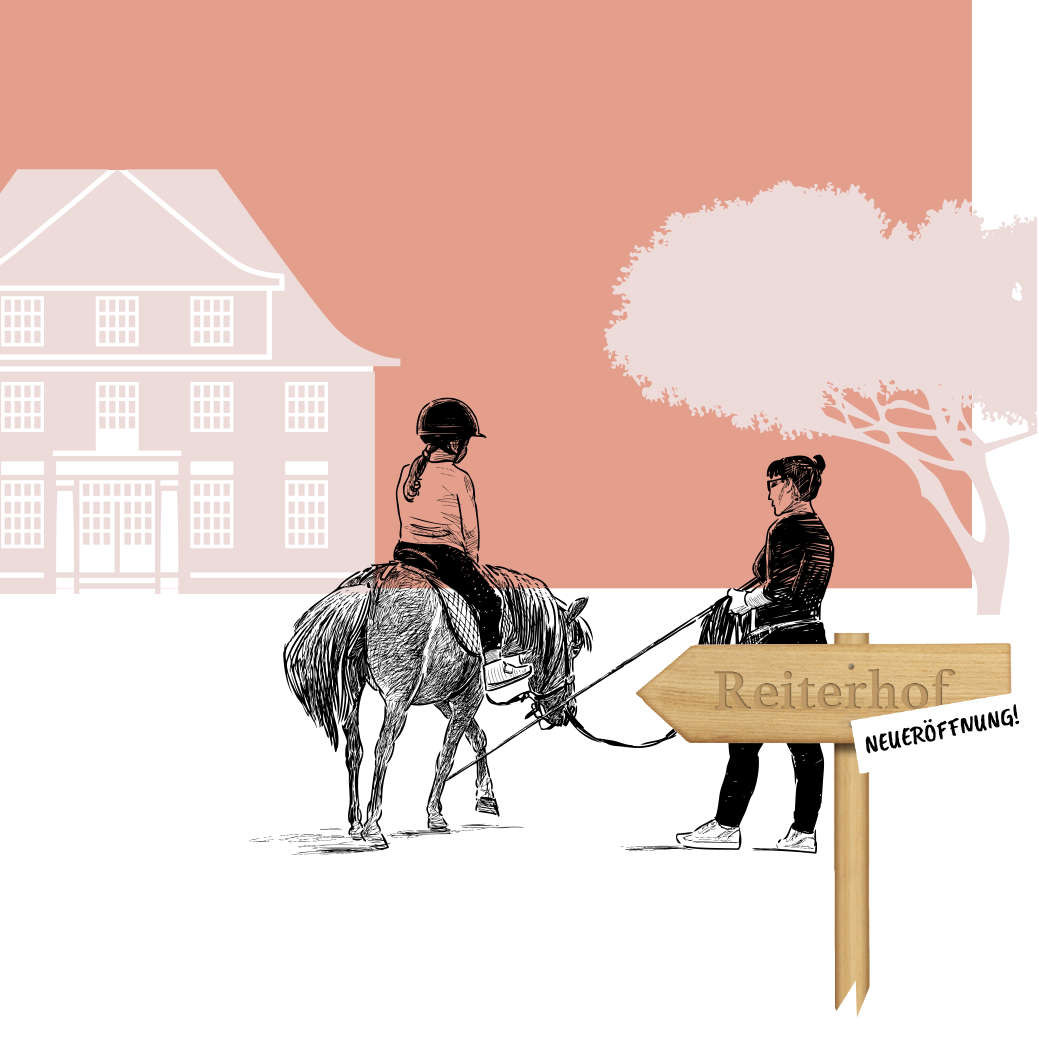No slaughtering,
no sausage
Maria Hauser, Servant
![]()
Where have the chickens hidden their eggs this time? I really haven’t got the time to look for them. Cook wants to prepare roast goose today. I still have to slaughter and pluck the goose for that. And the butcher is coming next week. To prepare for slaughtering, I am supposed to start cleaning the barrels and kegs today. Gosh, that’s going to be a tough week. But at least all of us will get plenty of sausage afterwards.
Well, well, the benefits of technology …
Chief administrator Joseph Behring
![]()
His lordship would also like to have an electrical motor for the thrasher. But what should we do with good old Willi, our best farm horse? I have done the math and as long as Willi is more economical than the motor, he will stay. Besides, my colleague told me that theirs needs repairing constantly – well, well those are the benefits of technology.
Suddenly everyone wants to ride horses!
Manfred Schulz, Mayor
![]()
Did you know that there is a horseback riding club next to the palace over there now? They finally renovated the old stable and put it to new usage. It really used to be an eyesore. I will certainly support the riding club, perhaps it will also attract visitors to the village! Horseback riding is so popular nowadays. Even my daughter asked me for a horse yesterday. Perhaps she can try it in the club first.
